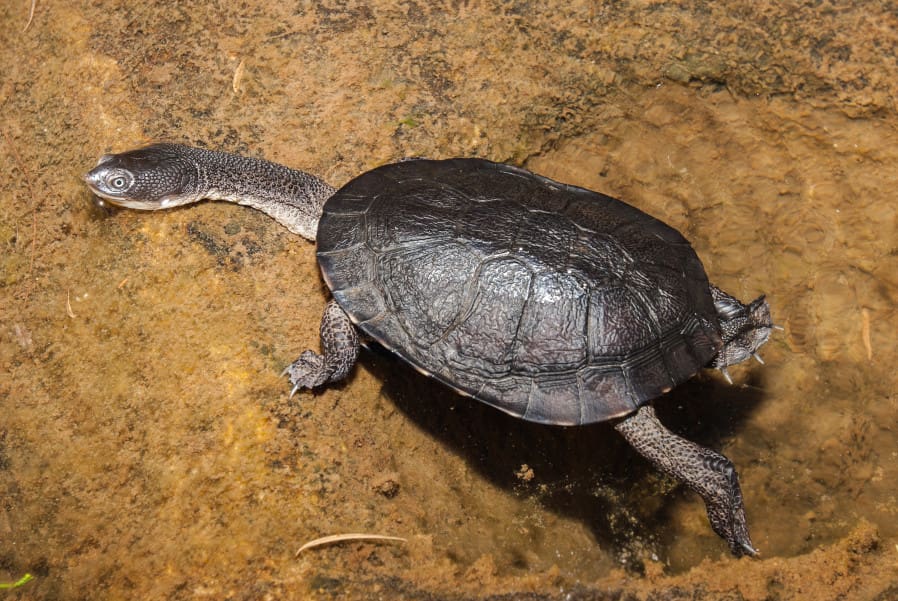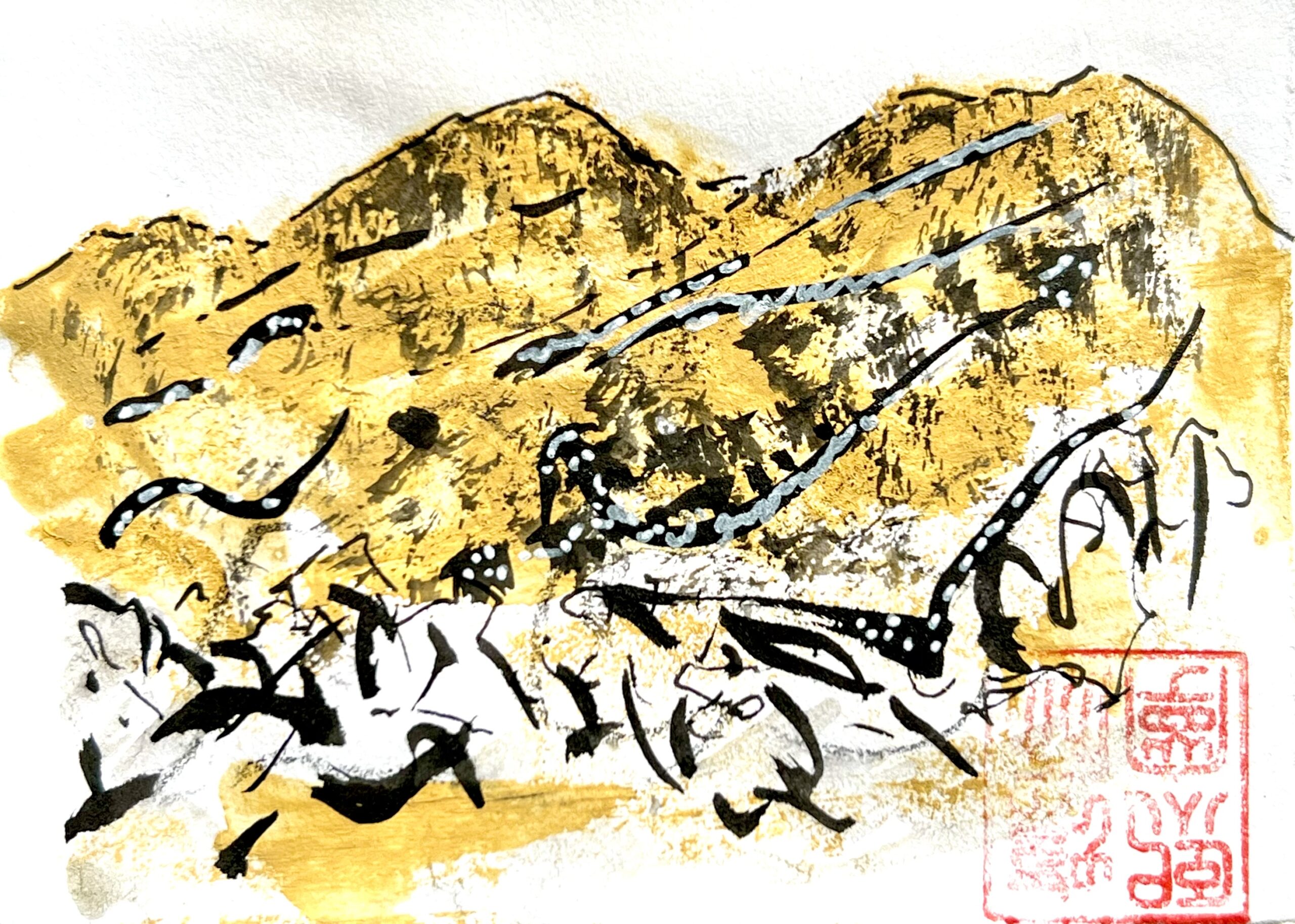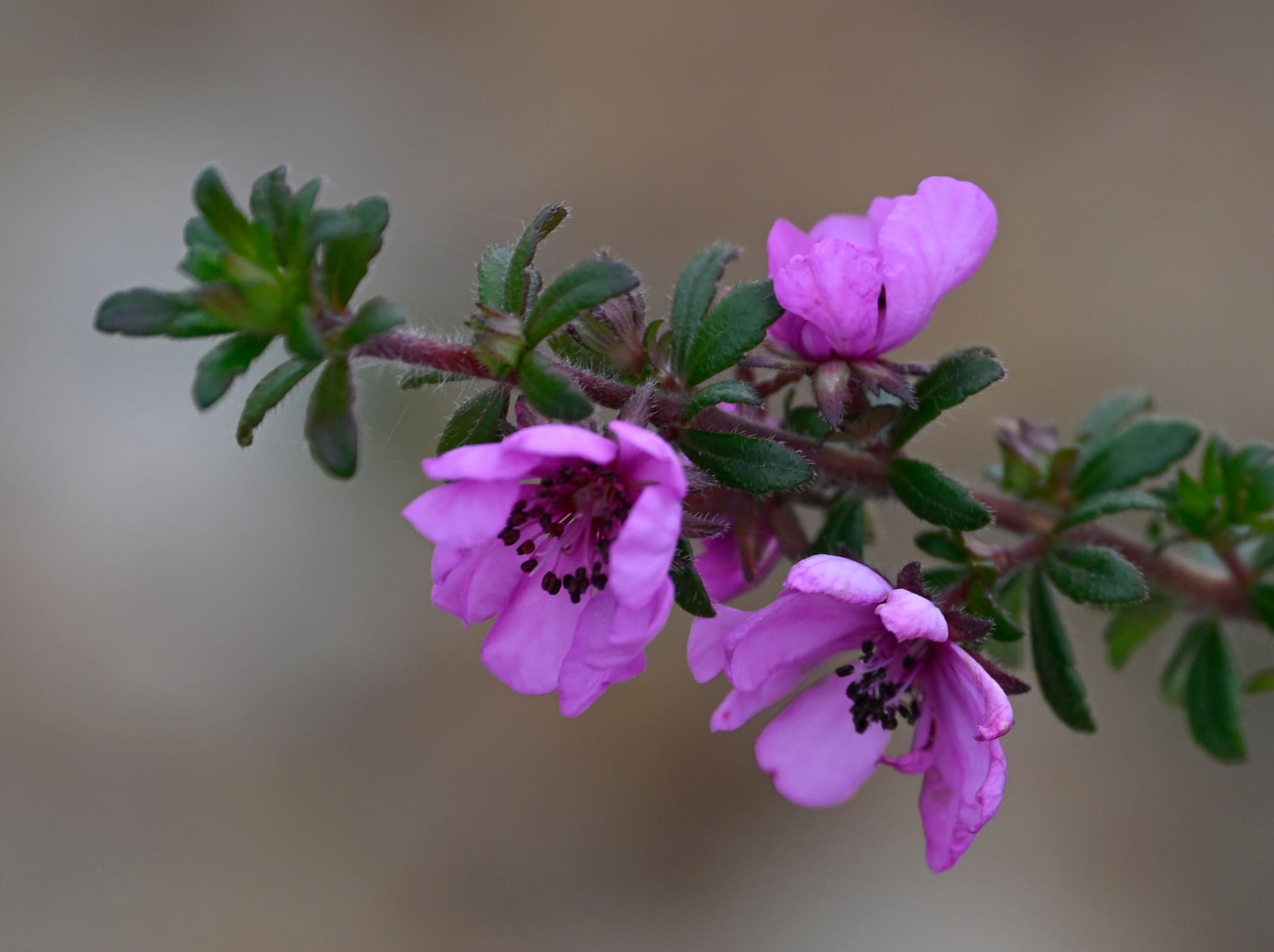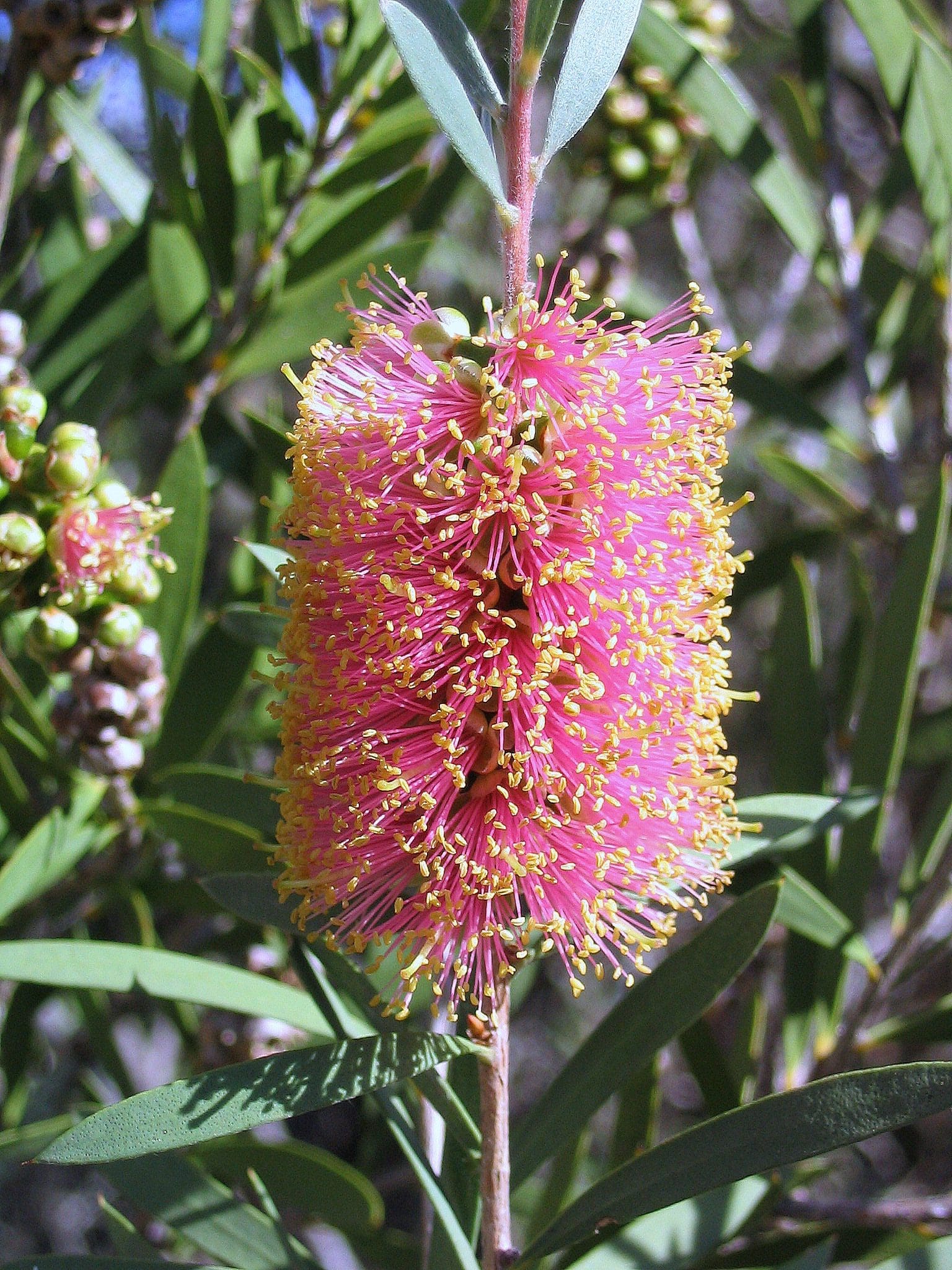
A vermin proof fence encloses the majority of the WAMA site to protect the vegetation of the native bushlands, grasslands and endemic gardens from feral and unwanted animals looking to graze. Even though the fence is effective on keeping unwanted animals out, it also inhibits welcomed native animals from traveling in and out of the site. Fauna gates have been installed to help small animals such as the Common Long Neck Turtle (Chelodina longicollis) move freely from either side of the fence, helping the site’s ecosystem continue to thrive.
The Common Long Neck Turtle lives in slow moving water bodies such as lakes, dams and swamps. During the summer months turtles become most active, traveling long distances in search of wetland environments suitable to breed. Almost fifteen turtles have migrated to and from the WAMA wetland area during these months.
WAMA Site Maintenance Manager, Ben Mackley designed, fabricated and installed several fauna gates that enable the turtles to pass through the vermin proof fence safely without the risk of dehydration. The gate itself is designed to encourage the turtles to enter the mesh cage, protecting them from the hot sun until they are transferred through to the other side manually. Regular checks of the fence line is undertaken to monitor the fauna activity of the gates.
With further innovation and design improvements WAMA aims to have other species use these gates such as small reptiles and mammals in the future.

The WAMA Board are pleased to announce that Pippa Mott has accepted the role as WAMA’s first CEO, officially starting mid September.

Yatra: Fragments of a Life is a retrospective of Lariane M Fonseca’s creative practice over 50 years. The exhibition will include Photographs, Paintings, Printmaking

WAMA opened their garden gates for Botanic Gardens Australia and New Zealand’s (BGANZ) Botanic Gardens Day celebration on Sunday May 26th. The event attracted an

New species of Grampians flora have been discovered that will soon feature in WAMA’s Grampians/Gariwerd Endemic Botanic Garden. Working in partnership with RBGV WAMA has

Fauna gates have been installed to help small animals such as the Common Long Neck Turtle (Chelodina longicollis) move freely from either side of the fence, helping the site’s ecosystem continue to thrive.
All Right Reserved © 2024 – Website by 61 Design | WAMA Art References